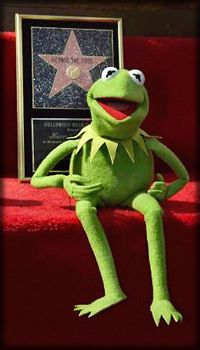
- “It’s not easy being green.”
In the past decade, to “Go Green” has become a household phrase. The phrase may have met its summit this past year when nearly every major corporation, some of which are not so ‘green’, used it as a marketing strategy. However, Kermit the Frog said it best- “It’s not easy being green.”
Since the inception of the US Green Building Council’s LEED Standards, LEED has been synonymous with ‘green’ for the architectural/engineering industry. Today, many government entities require one facet of green or another for zoning codes, building codes, etc. In general, LEED has been incredible for green building. However, in solitude, even LEED has trouble making a sustainable building. LEED is great for providing the initial mechanisms of creating a green building, but without regular maintenance the performance can be much less than desirable.
Sustainable buildings should not be looked at as the buzz word it has become to date, which has grown to include much of what could be considered as green wash.
To be sustainable, by definition from Dictionary.com, sustain is “to keep up or keep going, as an action or process”.
I believe the United States federal government is pushing in the correct direction for their own buildings. The requirements get away from the ambiguity of one criterion, such as LEED, and require exactly what they are looking for in quantitative terms.
As a part of this process, the US Army is leading by example with their recent vision that goes well beyond LEED. The US Army recently announced its goals for NET Zero in not only Energy, but also Water and Waste. This is how we can become not only sustainable by definition, but more importantly self-sufficient.
 From Ms. Katherine Hammack, the Assistant Secretary of the Army for Installations, energy and environment regarding Net Zero: “You must start with reduction, then progress through repurposing, recycling, energy recovery, disposal being the last.”
From Ms. Katherine Hammack, the Assistant Secretary of the Army for Installations, energy and environment regarding Net Zero: “You must start with reduction, then progress through repurposing, recycling, energy recovery, disposal being the last.”

Trackbacks/Pingbacks